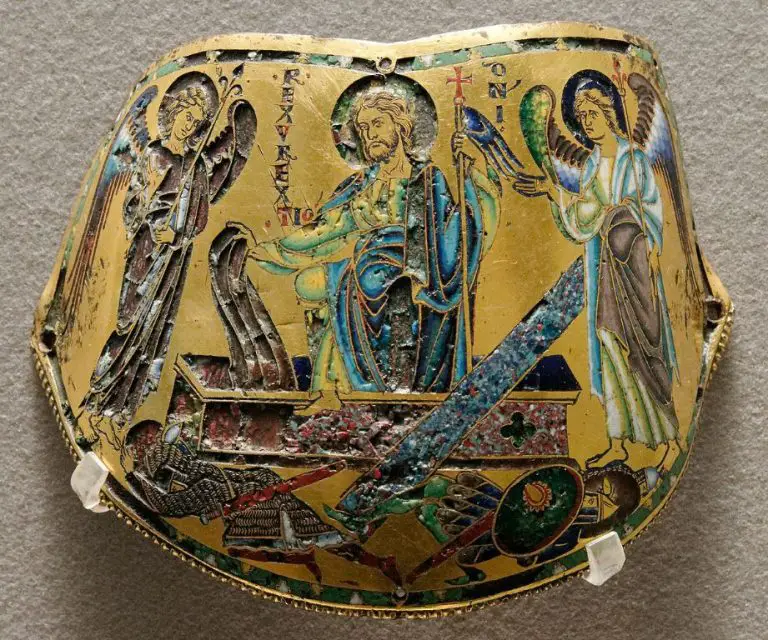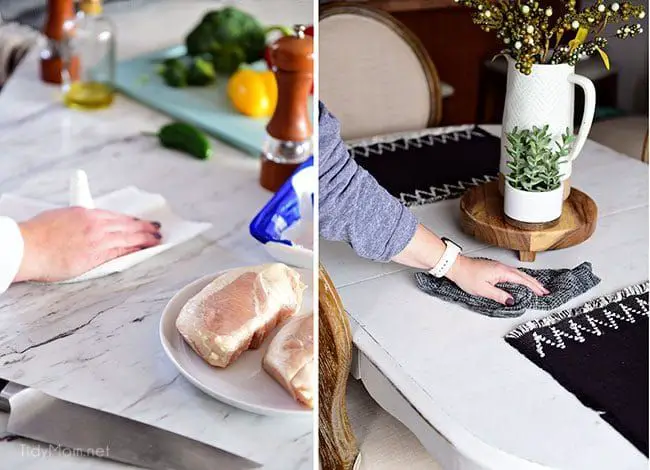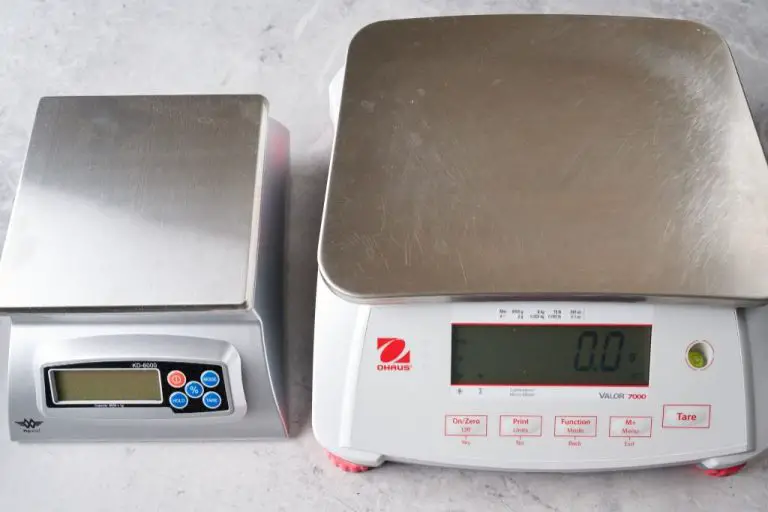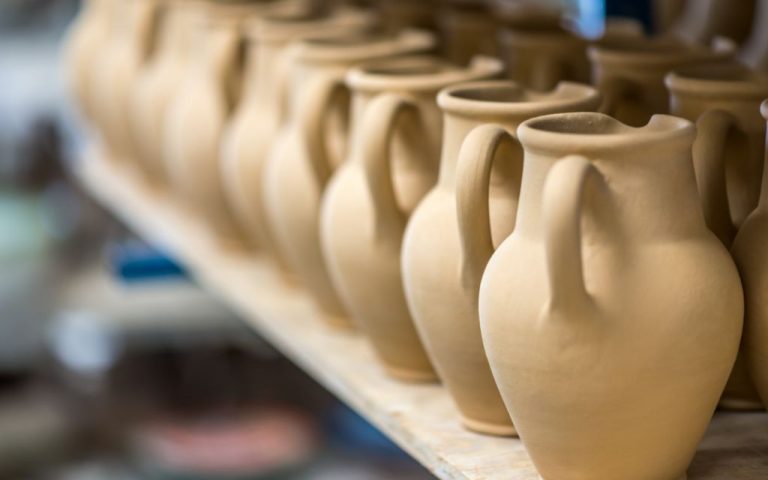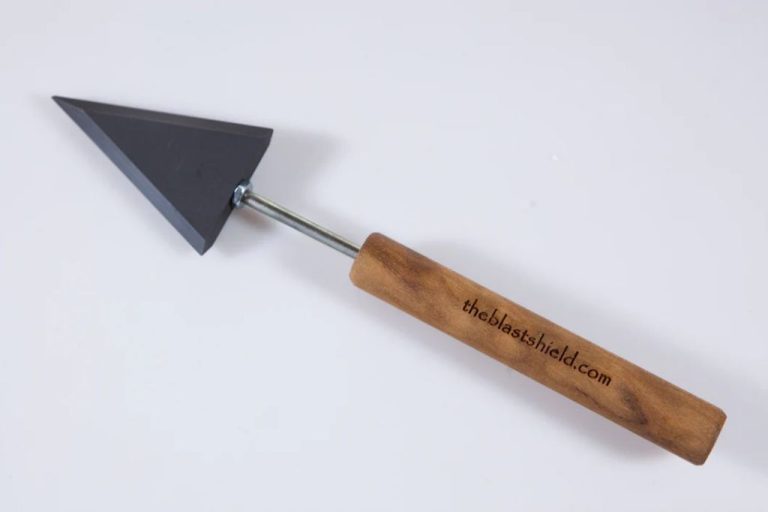Does Modelling Clay Set Hard?
What is Modeling Clay?
Modeling clay, also known as plasticine, is a malleable clay material that is oil-based. Unlike normal clay that hardens when dried, modeling clay retains its plasticity indefinitely. This allows it to be molded and shaped repeatedly without hardening or cracking. Modeling clay is made from a non-drying oil-based putty and contains waxes, fillers, and coloring agents. The oil, usually petroleum jelly, allows the clay to remain pliable.
Popular brands of modeling clay include Play-Doh, Crayola Model Magic, Sculpey, Fimo, and Das. While brands differ in ingredients, most modeling clays have a smooth, doughy texture and come in a variety of vibrant colors. Modeling clay is typically non-toxic, making it safe for kids to handle and play with.
Modeling clay differs from play dough in that it does not harden when exposed to air. Play dough is made from flour, salt, and other materials that cause it to dry out over time. In contrast, modeling clay retains its malleable consistency. This makes it better for creating detailed sculptures, figures, and crafts that can be formed and reshaped as needed. While play dough is more temporary, projects made from modeling clay can last indefinitely if stored properly.
Sources:
https://realfashion24.my.id/unleashing-creativity-the-artistic-allure-of-modeling-clay/.html
Does Modeling Clay Harden?
Modeling clay, also known as plasticine or plastilina, is designed to be malleable and never fully harden. Unlike polymer clay, modeling clay remains flexible even after being exposed to air for long periods of time (1).

Modeling clays like Play-Doh do not require baking or firing in a kiln to harden. The clay maintains a soft, pliable texture that makes it easy for artists to shape and mold new creations over and over again (1). Some brands may slowly dry out or become stiffer over time, but they won’t completely solidify into a hardened state (2).
The malleable and reusable properties allow both children and professional artists to easily create sculptures, figures, pottery, and more with modeling clay. Many types can be stored in an airtight container to help retain moisture and flexibility for future projects (2).
So while other clays require processing to permanently harden them, modeling clays are specifically designed to keep their soft texture for sculpting and molding.
(1) https://www.quora.com/How-does-moldable-clay-harden
(2) https://www.alpino.eu/en/modelling-clay
Can You Bake Modeling Clay?
Baking can harden some types of modeling clay like polymer clay. Polymer clay remains flexible and workable at room temperature. However, when baked in an oven at temperatures from 265-300°F, polymer chains crosslink and the clay becomes permanently hard (source). Baking polymer clay causes an irreversible chemical reaction that hardens it.
On the other hand, clays like plasticine are designed to never harden and will remain flexible even after baking. Plasticine is made from non-drying oil-based materials that will not polymerize or crosslink when exposed to heat. So baking plasticine or other non-hardening clays will not cause them to set hard (source).
So whether baking will harden modeling clay depends on the specific type. Polymer clays will harden permanantly when baked according to manufacturer directions. But plasticine and other non-hardening modeling clays will remain flexible no matter how long they are baked.
Using Modeling Clay
One of the most common uses of modeling clay is for shaping sculptures and figures. The malleable nature of modeling clay makes it ideal for sculpting detailed shapes and forms. Both children and professional artists utilize modeling clay to create unique sculptures, figures, and artworks. With modeling clay, creators can continually reshape and refine their sculptures until they achieve the desired look.
Modeling clay is also frequently used for making jewelry, pots, and decorative items. The clay can be molded into beads, pendants, rings, and other jewelry components. Small household items like cups, bowls, and vases can be sculpted from modeling clay as well. After forming the clay into the desired shape, pieces can be decorated with paints, glazes, and embellishments. Many artists also use modeling clay to make decorative plaques, wall hangings, figurines, and ornate boxes. When crafted into jewelry or decorative objects, modeling clay provides an accessible and customizable creative material.
Whether for sculpting intricate figures or fashioning decorative pieces, modeling clay’s adaptable texture and ability to be continually reshaped makes it a versatile art material suitable for diverse creative applications. Both novice and experienced artists utilize modeling clay as a medium for bringing imaginative designs and artistic visions to life. (https://potteryprince.com/clay/can-you-soften-modeling-clay-in-microwave/)
Working with Modeling Clay
When working with modeling clay, it’s important to properly knead and condition the clay before starting to sculpt. Kneading helps make the clay soft and pliable. Start by pressing and folding the clay repeatedly to mix it thoroughly and warm it with your hands. This allows any liquids to distribute evenly throughout the clay (“How to sculpt with modeling clay for beginners”, 2022).
As you knead, press out any air bubbles trapped in the clay. Continue kneading and folding until the clay is smooth, elastic, and has an even consistency. Adding a small amount of water can help hydrate the clay if it feels too stiff. Let the conditioned clay rest for 10-15 minutes before sculpting so it can relax (“How to Sculpt”, n.d.).
For basic sculpting, start by visualizing the form you want to create. Use basic shapes like balls, coils and slabs as building blocks. Add, subtract and blend the shapes to develop the sculpture. Use tools like metal sculpting loops, silicone tipped shapers, or home items like butter knives, skewers or toothpicks. Work symmetrically and turn the sculpture as you build. Keep your hands and tools moist with water to smooth seams and blend (“How to sculpt with modeling clay for beginners”, 2022).
Take care not to overwork details in the early stages. Let the form take shape gradually. Refine forms and add finer details towards the end. Pay attention to textures, curves and angles that convey form. Work slowly and handle the clay gently to avoid distortion (“How to Sculpt”, n.d.).
Storing Modeling Clay
Proper storage is important for keeping modeling clay soft and pliable for use in crafts and modeling. Modeling clay should be stored in an airtight container to prevent it from drying out and hardening over time. Containers like plastic bags, plastic wrap, or reusable airtight plastic containers work well for storing modeling clay.
According to CakeCentral.com, modeling clay should not be frozen for storage as this can cause condensation when thawing that will negatively affect the clay. Storing modeling clay in a cool, dry place away from direct sunlight will help extend its usable shelf life.
As noted on PotteryPrince.com, keeping modeling clay in an airtight container prevents it from drying out. Storing it in a cool, dry place away from sunlight also helps keep it soft and pliable for longer.
Advantages of Modeling Clay
One of the key advantages of modeling clay is that it remains flexible and can be reused over and over again. Unlike clays that harden permanently, modeling clay retains its malleable texture. This makes it easy to reshape the clay into new forms and creations as desired (Goldblatt, 2010). Children and artists can reuse the same modeling clay for multiple projects, reducing waste and cost.
The pliable texture also makes modeling clay very easy to shape by hand. There is no need for any special tools. Modeling clay can be molded into intricate shapes and details using just fingers and hands to apply pressure and shape as needed. The responsive texture enables shaping pieces precisely and allows for lots of creativity in forming unique sculptures, figures, jewelry, and more by touch (Bae, 2018). These tactile properties make modeling clay fun and satisfying to work with manually.
Disadvantages of Modeling Clay
Modeling clay offers many advantages, but it also has some drawbacks to be aware of. The biggest disadvantage of modeling clay is that it does not naturally harden on its own. Modeling clay remains malleable and pliable unless a hardening agent or baking process is used. This means sculpted items made from modeling clay will deform, smudge, or lose shape if left sitting out.1
Additionally, modeling clay can dry out over time when exposed to air. The clay becomes brittle and cracked if left uncovered or stored improperly. To avoid drying out, it’s important to tightly seal modeling clay in an airtight container or plastic wrap when not in use.2 Proper storage helps retain the clay’s elasticity and workability over a longer period.
Fun Modeling Clay Projects
Modeling clay like Model Magic or Sculpey is perfect for creating fun DIY crafts. Some ideas for fun modeling clay projects include:
DIY Jewelry:
Modeling clay can be shaped into beads, pendants, earrings and more. Let the clay air dry or bake it in the oven to harden jewelry pieces. Add paint, glitter and other embellishments for decorative effects.
Figurines:
Sculpt miniature people, animals, creatures and more out of modeling clay. Display the figurines on shelves or use them in stop-motion videos. Blend multiple colors of clay for realistic effects.
Bowls and Containers:
Model functional and decorative bowls, boxes, vases and other vessels with modeling clay. Cut out shapes from clay slabs using cookie cutters for uniformity.
Holiday Decor:
Modeling clay is perfect for making Christmas ornaments, pumpkin figurines for Halloween or shamrocks for St. Patrick’s day. Get creative with themed clay crafts for any holiday.
Types of Hardening Clay
There are a few types of clay that will harden either through baking or drying:
Polymer Clay
Polymer clay is a modeling material that cures when baked in a conventional oven. It comes in a variety of colors and can be blended to create custom colors. Polymer clay hardens into a strong, durable plastic that retains fine detail. It does not dry out in air and can be reused indefinitely. Polymer clay is great for making jewelry, figurines, miniature decorations, and more. Brands like Sculpey and Fimo are popular types of polymer clay.
Air-Dry Clay
Air-dry clay is clay that hardens naturally as it dries/cures at room temperature. It does not require baking. Once completely dry, air-dry clay feels similar in hardness to hardened polymer clay. Air-dry clay is water-based and will slowly harden as moisture evaporates from it. Popular brands include Crayola Model Magic and Activa Air-Dry Clay. Air-dry clay is easy to use, non-toxic, and a great choice for kids’ crafts.
Hardening clays like polymer clay and air-dry clay are useful when you need your clay creations to be durable. If you need clay projects that will last without deforming, hardening clay is the way to go. From jewelry to decorative objects, these clays allow endless creativity while holding their shape.


